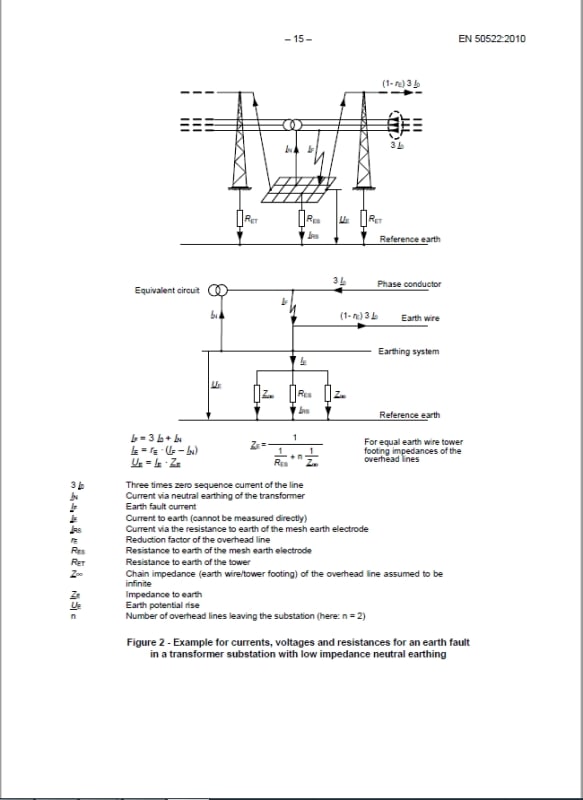Saiedsadat
Electrical
Dear all,
I have a 1.6MW,400V Gas Engine-Generator with Y Generator and i want to connect it to Y side of a Dyn5 (0.4/20KV) transformer to parallel with grid. in Etap when i earth both of generator and transformer solidly , 75KA phase to earth fault detects in downstream Bus. Fault discrimination is about 0.5 sec and soil RHO is about 100.
I've tried to design Earth mat using Etap Software but the result is Surprising.(Surface and the number of rods are very High).
The factory power system is TNS and I don't want use NGR to reduce Neutral Current.
Any Suggestions?
I have a 1.6MW,400V Gas Engine-Generator with Y Generator and i want to connect it to Y side of a Dyn5 (0.4/20KV) transformer to parallel with grid. in Etap when i earth both of generator and transformer solidly , 75KA phase to earth fault detects in downstream Bus. Fault discrimination is about 0.5 sec and soil RHO is about 100.
I've tried to design Earth mat using Etap Software but the result is Surprising.(Surface and the number of rods are very High).
The factory power system is TNS and I don't want use NGR to reduce Neutral Current.
Any Suggestions?

